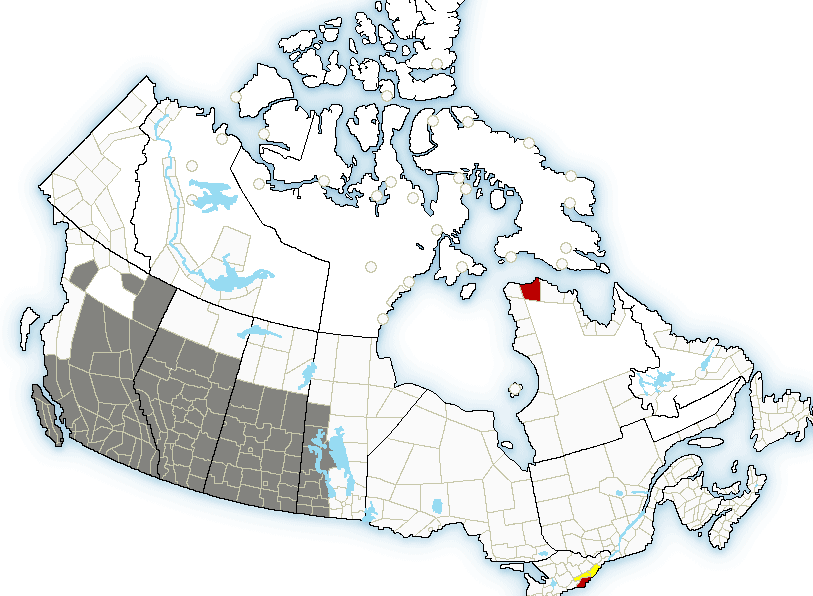With wildfires raging across British Columbia, a thick blanket of smoke has covered much of the province along with neighbouring Alberta, Saskatchewan and even parts of Manitoba.

Environment Canada has issued dozens of air quality advisories for the four provinces, and in the B.C. communities of Williams Lake, Quesnel and Castlegar, the air quality health index has reached 10, or “very high risk.”
In many communities, residents have taken to wearing face masks, and the haze has been thick enough to blot the sun out hours before sunset.
In Prince George, B.C., ash has been falling like snow, while Calgary and Edmonton have been enveloped in an eerie orange haze.
“It’s been difficult, to say the least. Even sleeping at night is trouble, even with the windows closed and with the air on,” said Lorna Burns, a Kamloops delivery driver who suffers from mild chronic obstructive pulmonary disease.
“It’s tricky, but the job’s got to be done.”
READ MORE: More B.C. wildfire smoke prompts Alberta-wide air quality advisory
Health experts are advising people to avoid strenuous exercise and stay indoors as much as possible. If you’re able to invest in a HEPA air filter to clean the air indoors, all the better.

Get weekly health news
“Take frequent breaks, try to get inside, if you’re on a break, into an area where the air isn’t quite as contaminated,” said Dr. Todd Ring with the Royal Inland Hospital.
WATCH: Edmonton enveloped in eerily thick wildfire smoke from B.C.

For those who have no choice but to work or travel outdoors, a respirator with an N-95 rating can be effective. Homemade solutions are less reliable.
“Wearing a cloth mask or bandanna or something like that, it offers a slight bit of protection. But really, it’s not very effective,” air quality expert Michael Brauer told Global News.
WATCH: Persistent smoke in Calgary affects people and animals.

Cloth surgical masks can actually make things worse, he said, because they provide the illusion of protection but actually just make it harder to breathe.
At London Drugs, pharmacies across the regional chain are reporting a sharp uptick in complaints linked to air quality and are scrambling to fill inhaler prescriptions.
WATCH: Calgary covered in smoky haze from B.C. wildfires

Pharmacy general manager Chris Chiew said it’s important for people to know their limitations.
“Younger children, the elderly or anyone who is asthmatic definitely has to be careful to make sure they have their inhalers close by,” he said.
READ MORE: B.C. wildfire update Wednesday: Massive Shovel Lake wildfire now 50,000 hectares
“Actually, stay away from anywhere where there is a high amount of smoke, so if it is outside, make sure they stay indoors as much as they can,” Chiew added.
According to Environment Canada, people with respiratory illnesses and heart disease are particularly susceptible to air pollution.
People with diabetes are also at risk, as are young children, pregnant women, seniors and anyone with a chronic illness.
The agency says that under hazardous air quality conditions, susceptible people can also reduce risk by taking the following steps:
- Reduce or reschedule outdoor physical activities
- Monitor possible symptoms, such as difficulty breathing, coughing or irritated eyes
- Follow a doctor’s advice to manage existing conditions such as heart or lung disease
You can find an updated list of Environment Canada air quality advisories here and find out more about protecting yourself from poor air quality here.










Comments